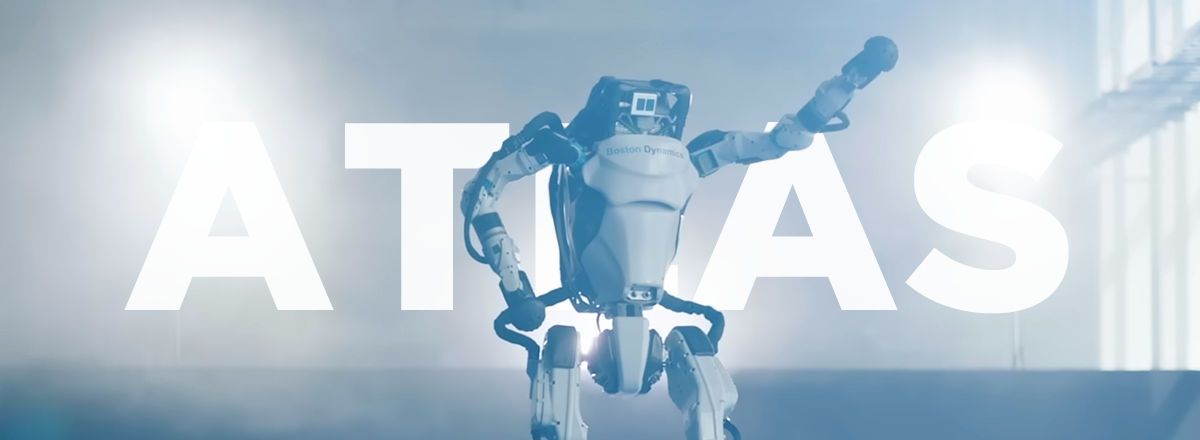Boston Dynamics introduced an update to its Atlas robot, revealing a new all-electric model that promises enhanced capabilities and a futuristic design. This announcement comes a day after the retirement of the original hydraulic Atlas, marking a significant evolution in the company's approach to humanoid robotics.
We promise this is not a person in a bodysuit. https://t.co/S9FgfpqvrW pic.twitter.com/G30sXHQ93C
— Boston Dynamics (@BostonDynamics) April 17, 2024
The new Atlas features a sleek, more humanoid appearance with an innovative glowing head, designed to make the robot appear friendlier and more interactive. This design shift not only enhances its aesthetic appeal but also improves its functional interactions in work environments.
This latest version of Atlas was engineered to exceed the physical capabilities of its predecessors, with a focus on flexibility and strength. It is equipped with advanced motion technology allowing for smoother and more precise movements, making it adept at navigating complex tasks in varied industrial settings. Boston Dynamics highlighted the robot's new range of motion, with limbs that allow movements beyond the typical human range, enhancing its efficiency in performing tasks that require high dexterity and strength.
The electric Atlas is set to undergo pilot testing in early next year at Hyundai facilities, reflecting the strong partnership between Boston Dynamics and its parent company, Hyundai. The tests are part of a broader strategy to deploy these advanced robots in real-world applications, particularly in automotive manufacturing where precision and efficiency are crucial.

Boston Dynamics has not specified a date for mass production, suggesting that it could be a few years before the electric Atlas is commercially available. However, the company is optimistic about its integration into various commercial settings, foreseeing a future where robots like Atlas can safely and effectively work alongside humans.














